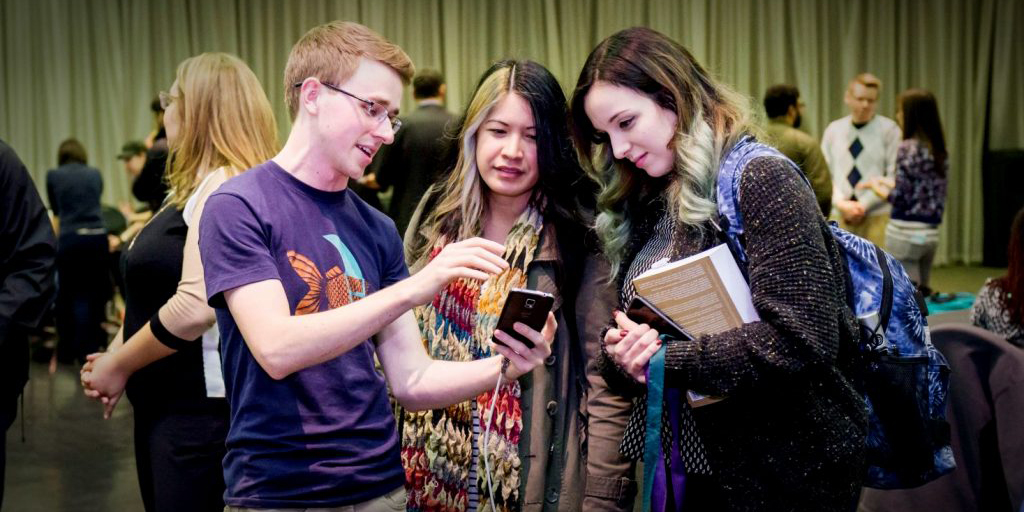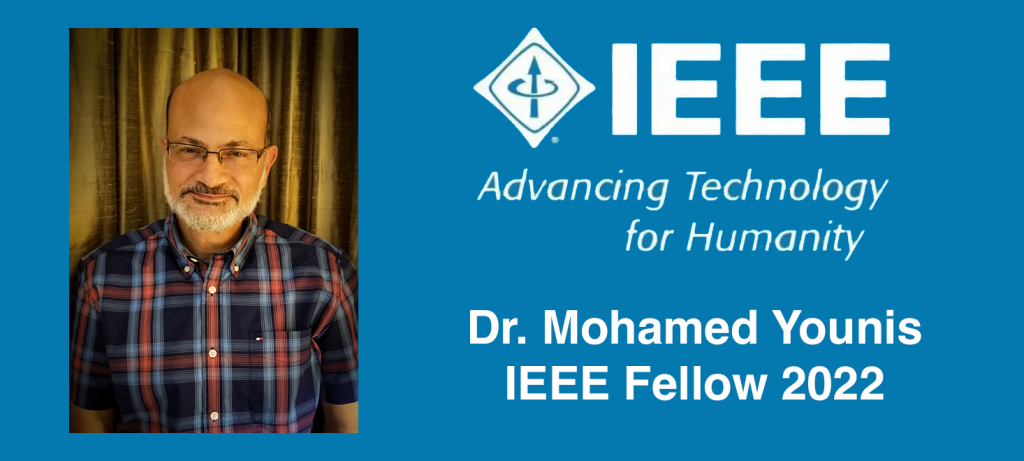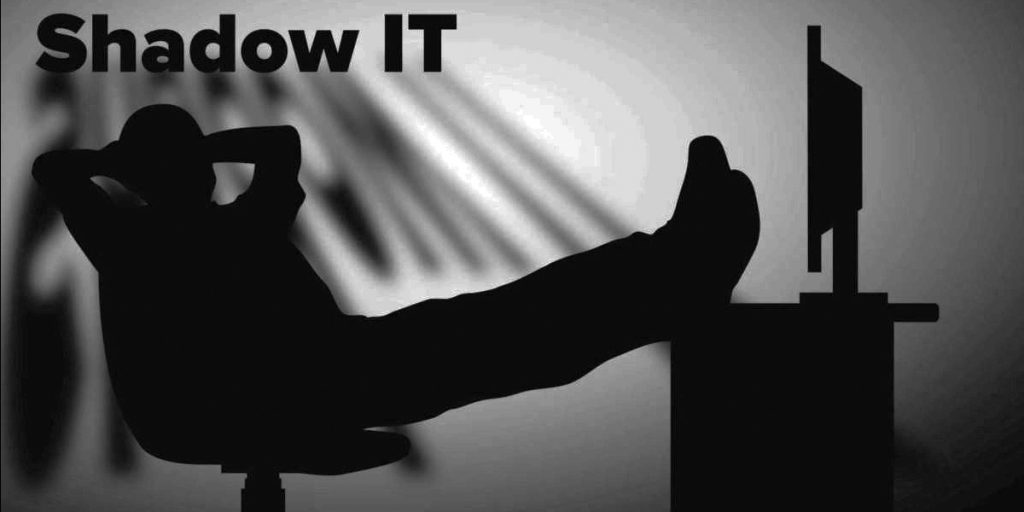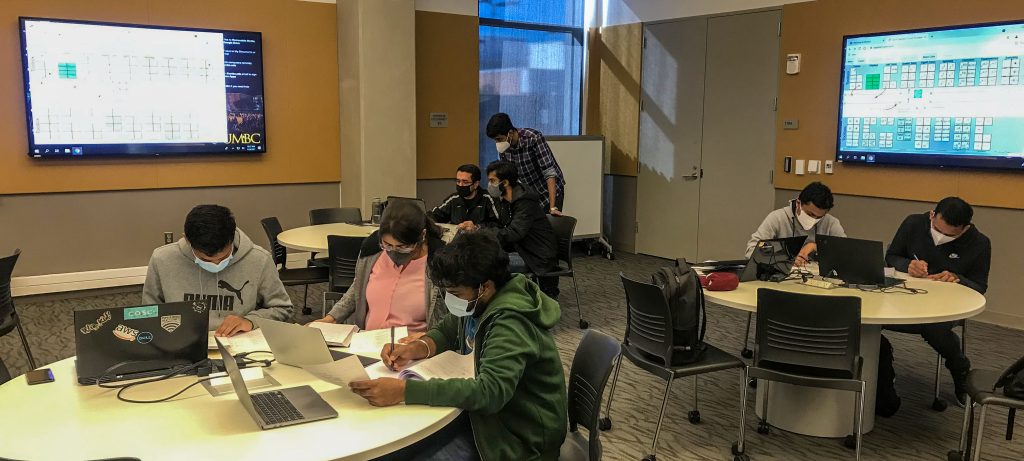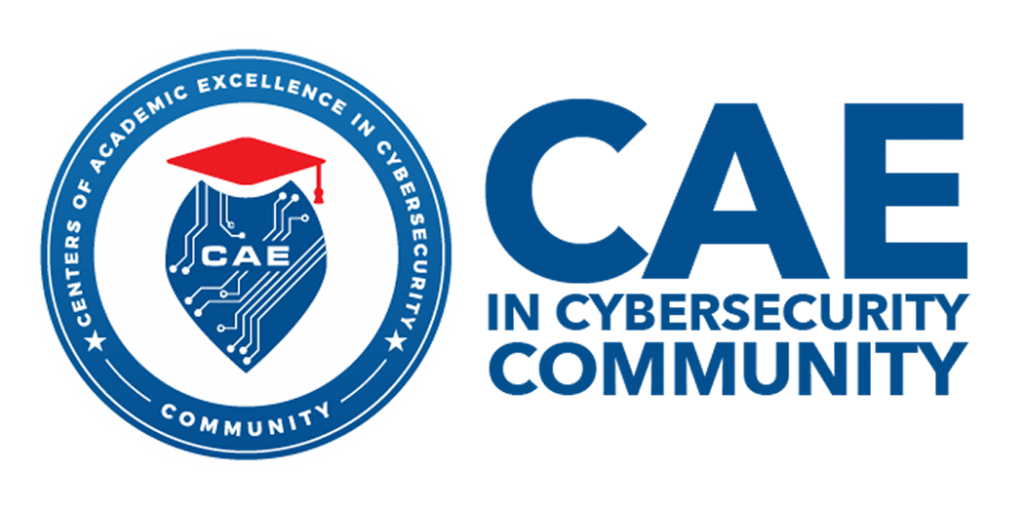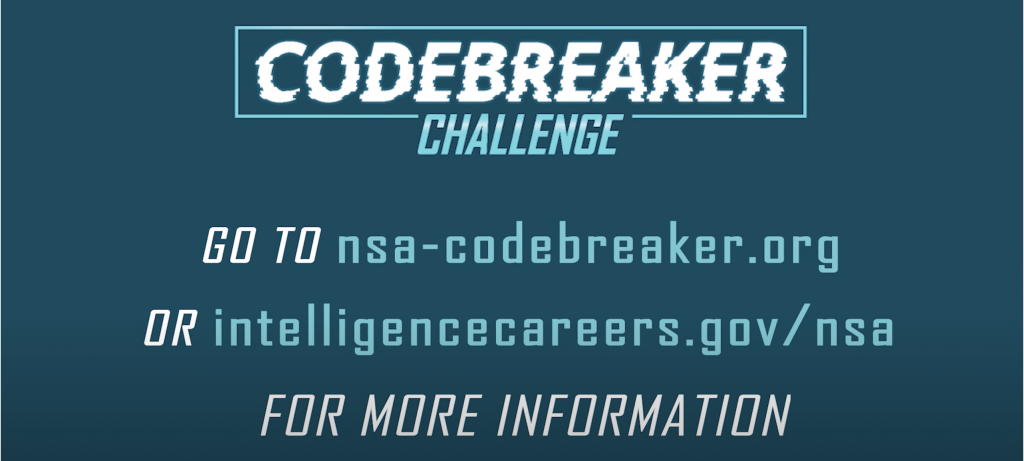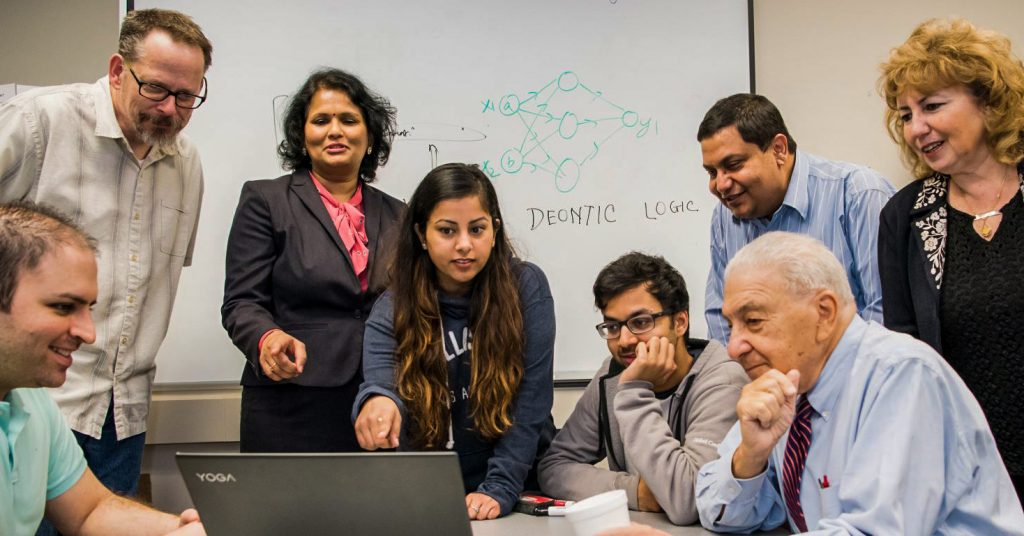
Computer Science Lecturer
University of Maryland Baltimore County (UMBC)
Department of Computer Science and Electrical Engineering

 The Department of Computer Science and Electrical Engineering (CSEE) at the University of Maryland Baltimore County (UMBC) invites applications for a non-tenure track position at the rank of Lecturer. This full-time position begins in Fall 2022. The position may also have teaching and administrative responsibilities in the computer science program offered at The Universities at Shady Grove, in Montgomery County, Maryland.
The Department of Computer Science and Electrical Engineering (CSEE) at the University of Maryland Baltimore County (UMBC) invites applications for a non-tenure track position at the rank of Lecturer. This full-time position begins in Fall 2022. The position may also have teaching and administrative responsibilities in the computer science program offered at The Universities at Shady Grove, in Montgomery County, Maryland.
The preferred qualification is a master’s degree in computer science or a closely related discipline. Ideal candidates will also have evidence of strong organizational skills. Experience in academia, industry, and government will be considered in the evaluation of the candidate. Candidates who have had a non-academic career with a demonstrated commitment to teaching are encouraged to apply and may want to emphasize their industry experience.
The Lecturer position is renewable. Lecturers teach a wide range of courses, primarily at the undergraduate level. They advise students, mentor teaching assistants, and help shape departmental practices and policies. Lecturers are expected to continue their professional growth and will have the opportunity to be promoted through the ranks of Senior Lecturer and Principal Lecturer.
The CSEE Department is large and growing, with a diverse community of over 2,000 undergraduate majors in computer science and computer engineering. Professors of the Practice, along with Lecturers and a cadre of tenure-track faculty, are the driving force behind the department’s broad effort to ensure a quality education for our undergraduates: working to improve computing education, curriculum, diversity, and student support. CSEE faculty collaborate with the Center for Women in Technology to increase the diversity of those who create technology, with programs designed for women in computing and engineering and transfer students from underrepresented groups. In addition to our undergraduate programs, the department has graduate programs in computer science, computer engineering, electrical engineering, cybersecurity, and data science. Our faculty enjoy collaboration within the department, across departments, and with partners outside the university.
UMBC is a research-intensive university that is leading the world in inclusive excellence in research and teaching. We are redefining how to teach and we are one of the most innovative universities in the Nation: According to the 2021 US News and World Best Colleges Report, UMBC is ranked 6th in the Most Innovative Schools category and 6th in Best Undergraduate Teaching category. Our research is bold, cross-disciplinary, and leverages our location near to the hospitals in Baltimore, NIH, NASA, NSF, and the USGS. Inclusive excellence also means being a strong community partner in Baltimore, and the UMBC Shriver Center and Center for Democracy and Civil Life help forge and maintain connections. Social justice is core to our role in Baltimore, Maryland, and beyond.
Our UMBC community redefines excellence in higher education through an inclusive culture that connects innovative teaching and learning, research across disciplines, and civic engagement. We advance knowledge, economic prosperity, and social justice by welcoming and inspiring inquisitive minds from all backgrounds. To continue to support this goal, the Faculty Development Center leads the Nation in supporting and guiding faculty in their educational mission with regular workshops and pedagogical demonstrations. In the 2021 Chronicle of Higher Education Great Colleges to Work For rankings, UMBC is on the list for the 12th year in a row and is in the Honor roll for the 10th year.
UMBC’s campus is located on 500 acres just off I-95 between Baltimore and Washington DC, and less than 10 minutes from the BWI airport and Amtrak station. The campus includes the bwtech@UMBC research and technology park, which has special programs for startups focused on cybersecurity, clean energy, life sciences, and training. We are surrounded by one of the largest concentrations of commercial, cultural, and scientific activity in the nation. Located at the head of the Chesapeake Bay, Baltimore has all the advantages of modern, urban living, including professional sports, major art galleries, theaters, and a symphony orchestra. The city’s famous Inner Harbor area is an exciting center for entertainment and commerce. The nation’s capital, Washington, DC, is a great tourist attraction with its historical monuments and museums. Just ten minutes from downtown Baltimore and 30 minutes from the D.C. Beltway, UMBC offers easy access to the region’s resources by car or public transportation. UMBC is one of nine institutions represented at The Universities at Shady Grove, a consortium of universities within the University System of Maryland, located in Rockville, MD.
Applications are accepted on Interfolio. The initial application consists of the candidate’s curriculum vitae or resume, a brief statement describing the candidate’s teaching experience, and a statement describing how the candidate will contribute to UMBC’s commitment to inclusive excellence. Promising candidates will be asked to supply three letters of recommendation and teaching evaluations. For full consideration, please submit application materials by January 15th, 2022. Applications will be accepted until the position is filled. Questions regarding the positions or the application process may be directed to the chair of the search committee at .
UMBC is an Equal Opportunity/Affirmative Action Employer.
